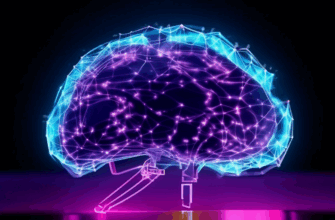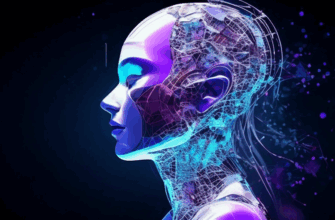Here’s the requested article:
How We Searched for the Best AI Models (Part 1)
Finding the best AI models involves a meticulous process that incorporates research, analysis, and testing. In this article, we will explore the strategies and methodologies we employed in our quest to identify the most effective AI models currently available.
Understanding AI Models
AI models are algorithms that learn from data to perform tasks such as classification, regression, and more. Their effectiveness relies heavily on the quality of the data they are trained on and how well they are fine-tuned for specific applications.
Criteria for Selection
When searching for the best AI models, we established several key criteria:
-
Performance Metrics: We evaluated models based on their accuracy, precision, recall, and F1 score. These metrics are critical in determining how well a model performs in real-world scenarios.
-
Scalability: The ability to scale a model is essential for applications that require handling vast amounts of data. We prioritized models that demonstrated robustness in managing large datasets without compromising performance.
-
Versatility: A versatile AI model can adapt to various tasks and datasets. We aimed to identify models that could be effectively applied across different domains.
-
Ease of Implementation: Accessibility to both developers and data scientists was crucial. Models that provided clear and comprehensive documentation were favored.
Gathering Data
Our next step involved aggregating data from multiple sources to ensure a comprehensive understanding of available AI models. We utilized research papers, online forums, and repositories that offer insights into the performance of different models.
Collaborating with Experts
To enrich our research, we engaged with experts in the AI field. Discussions with researchers, data scientists, and industry practitioners provided us with valuable insights that are not always captured in academic literature.
Comparative Analysis
After gathering data, we conducted a comparative analysis of several leading AI models. This process involved direct head-to-head comparisons across our selected performance metrics.
Utilizing Benchmarks
We employed standardized benchmarks such as ImageNet for image classification tasks and GLUE for natural language processing models. These benchmarks provide a common framework with which to evaluate and compare various models, ensuring that our findings were relevant and reliable.
Identifying Challenges
During our research, we encountered a range of challenges:
-
Evolving Technology: The AI landscape is rapidly evolving. As new models are continually developed, keeping up with the latest advancements became an ongoing challenge.
-
Misinformation: With the proliferation of information online, distinguishing credible sources from unreliable ones was crucial yet difficult. We relied on peer-reviewed articles and well-maintained repositories to filter out noise.
Testing Models
Once we narrowed down our candidate models, the next step was testing them in real-world applications. Our evaluation involved:
-
Training: Models were trained on specific datasets relevant to their intended use cases.
-
Validation: We validated models through cross-validation techniques to ensure robustness and generalizability of results.
-
Real-time Performance: We deployed models to evaluate their performance in a production environment, which highlighted practical issues related to latency and resource consumption.
The Results
Our findings indicated a diverse range of models that excelled in particular areas:
-
Transformers: Particularly in natural language processing tasks, models like BERT and GPT-3 showed outstanding performance due to their innovative architecture.
-
Convolutional Neural Networks (CNNs): For image recognition tasks, CNNs remain a superior choice, given their ability to learn spatial hierarchies of features.
Conclusion
The search for the best AI models is an ongoing journey, characterized by continuous innovation and discovery. In this first part, we have outlined our comprehensive approach to identifying top AI models and the critical elements that contribute to their effectiveness.
As we move forward, we will delve deeper into specific models and their applications in subsequent articles.
Editor’s Note: Our exploration into the best AI models will continue as we analyze and showcase leading candidates in upcoming parts, focusing on industry implementation and real-world impacts.
Meta-Description: Discover how we searched for the best AI models through performance analysis, expert collaboration, and comparative testing for optimal outcomes.







